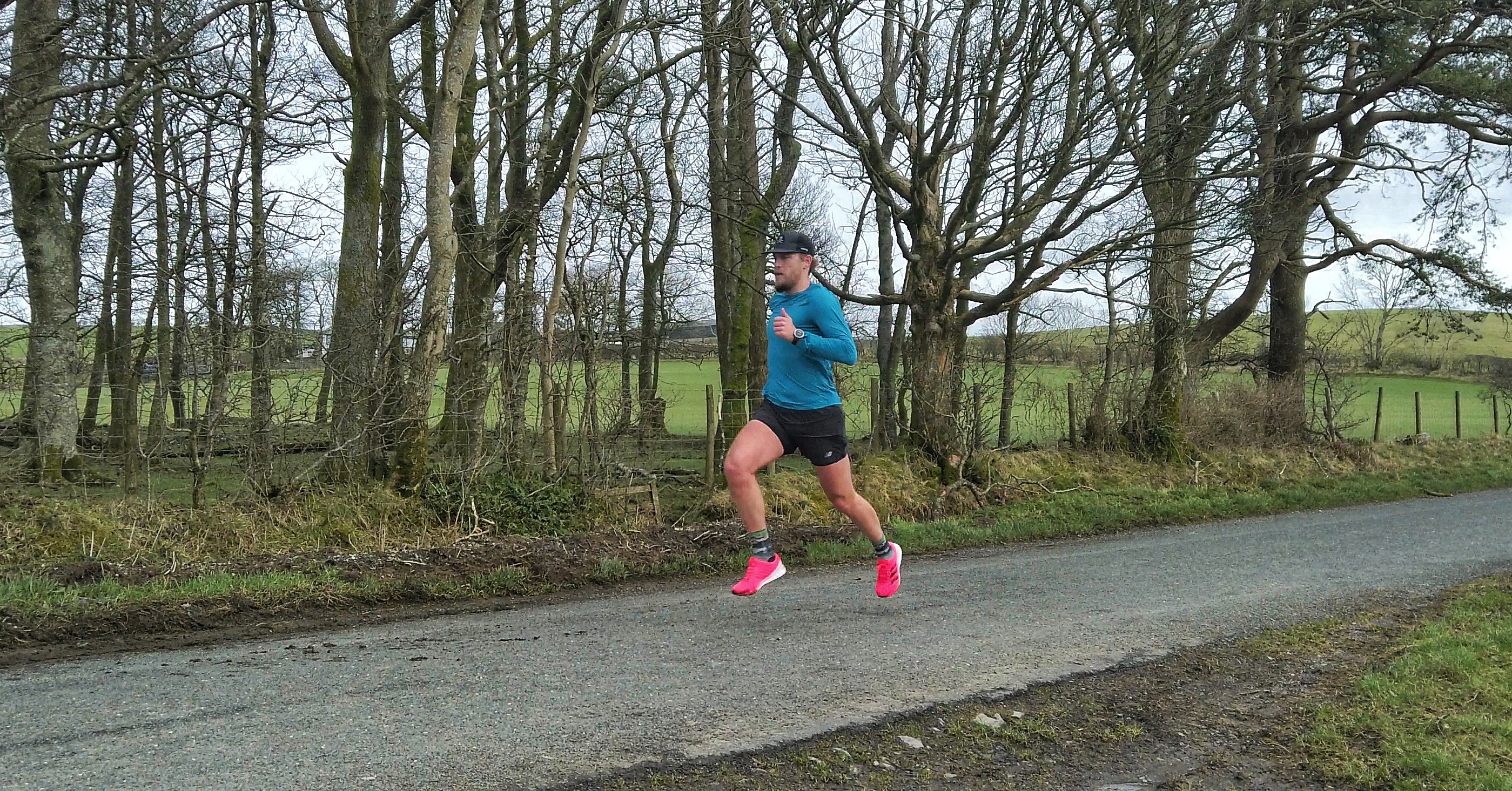Running Form Improvements
- Darren Haworth

- Aug 11, 2023
- 4 min read
Mastering your running form isn't just a superficial concern; it holds the key to various benefits. Running efficiently not only conserves energy, making you faster and stronger, but it also safeguards your body by minimizing impact and lowering injury risks. However, altering your running form might initially feel awkward or unfamiliar, given its learned nature over the years. Patience is crucial as you embark on this journey of form refinement – consider it a continuous process that promises rewarding results!

Body Position: The Key to Effortless and Injury-Free Running
When it comes to running, your body position plays a pivotal role in determining your efficiency and vulnerability to injury. Two common missteps involve either leaning too far forward from the waist or remaining excessively upright – both leading to unwelcome braking forces during your stride. But that's not all; issues such as a jutting head, pelvis tilting forward, or collapsing hips can further siphon off energy that should be propelling you forward. To establish impeccable alignment during your run, envision you have a helium balloon pulling you up from the head, yet you're tilted slightly tilted forward from the ankles. This almost gives running the sensation of "controlled falling," a smoother and more efficient experience.
By embracing an upright posture, you'll naturally position your feet beneath your center of mass, facilitating midfoot to forefoot ground contact. This strategic landing spot minimizes or eliminates the braking forces triggered by heel striking in front of you or overly landing on your tiptoes – both notorious for upping injury risks. Landing under your center of mass not only conserves energy but also engages your core and glutes, often referred to as the body's "powerhouse." Additionally, it sets the stage for strong hips, which in turn relieves tension in your shoulders, fostering relaxation and better form. Choosing Your Ground Contact Wisely
As your feet make contact with the ground, you're faced with a range of options that span from leading with your heel, to landing flat-footed, and even onto the tips of your toes. While avoiding the extremes is advisable, there's no definitive right or wrong method for striking the ground. However, a trend among professional runners emerges: many opt for midfoot or forefoot landings.
Consider aiming for a scenario where the front of your foot absorbs 80% of the ground force, with your heel lightly brushing your shoe's sole, taking on the remaining 20%. To get acquainted with this sensation, try jogging in place – you'll naturally emphasize the front of your foot. To translate this sensation into forward motion, visualize leaning from the hips, embracing the "controlled falling" concept I mentioned earlier. As you transition this to forward movement, maintain the momentum generated by your jogging-in-place force distribution – your optimal stride pattern. Harnessing the Power of Rhythmic Cadence
In the realm of running, optimal performance often aligns with a rhythm, a cadence, of roughly 180 steps per minute (spm). This rhythm mirrors the stretch-recoil speed of tendons, ligaments, and muscle fibers – by adhering to this cadence, you tap into an energy-efficient mode of operation. Instead of relying on fewer, longer strides, pivot towards shorter, swifter steps. Once you've warmed up, strive to maintain a pace of 180 spm – you'll find yourself transitioning seamlessly from one stride to the next, experiencing a near-continuous flow. Perfecting Your Upper Body Form
Your upper body technique need not be intricate; in fact, it's about simplicity and harmony. To kick things off, start with relaxation. Say no to shoulder shrugging and instead envision a gentle descent of your shoulders from your ears down your body. Aim to bring your shoulder blades together slightly while expanding your chest outward. Now, for your arms, focus on maintaining a comfortable 90-degree angle at your elbows. The key is to swing them gently from the shoulder joint, synced with your leg movements – a bit like the rhythmic pendulum of a clock.
The finishing touch involves the direction of your arm movements. Imagine a zipper running down the front of your body, akin to one on a jacket. Ensure your arm swings stay within the boundaries of this imaginary zipper line. While your arms can swing inward towards the center line, don't let them cross it. By doing so, you harness the forward momentum, allowing it to propel your body ahead while sidestepping any unnecessary twisting that could slow you down. Mastering New Running Form: A Gradual Journey
Transforming habits ingrained over time can indeed feel peculiar, and the same holds true when it comes to altering your running form. Adopting a new form not only engages different muscle groups but also redistributes the load across your body. Thus, introducing changes gradually becomes paramount to ensure your body's seamless adaptation.
Begin by incorporating these changes during segments of your easy runs. As you embark on each kilometer or mile, kick things off by jogging in place for the first 100-200 meters. Leaning forward from your hips, carry this momentum into your run. Allow the remainder of the kilometer or mile to flow naturally, embracing your existing form. If you find yourself slipping back into familiar habits, simply regroup at the start of the next kilometer or mile and dive back in. What I like to do sometimes is reset by slowing down and stretching my arms/hands to the sky (resetting my tall relaxed posture).
Improving your running form is a journey that involves dedication, practice, and a willingness to make adjustments. By following these tips and paying attention to your body's feedback, you can enhance your efficiency, reduce the risk of injury, and enjoy a stronger and more enjoyable running experience. Remember, small changes can lead to significant improvements over time, so lace up your shoes, hit the pavement, and enjoy the journey of refining your running form!







Comments